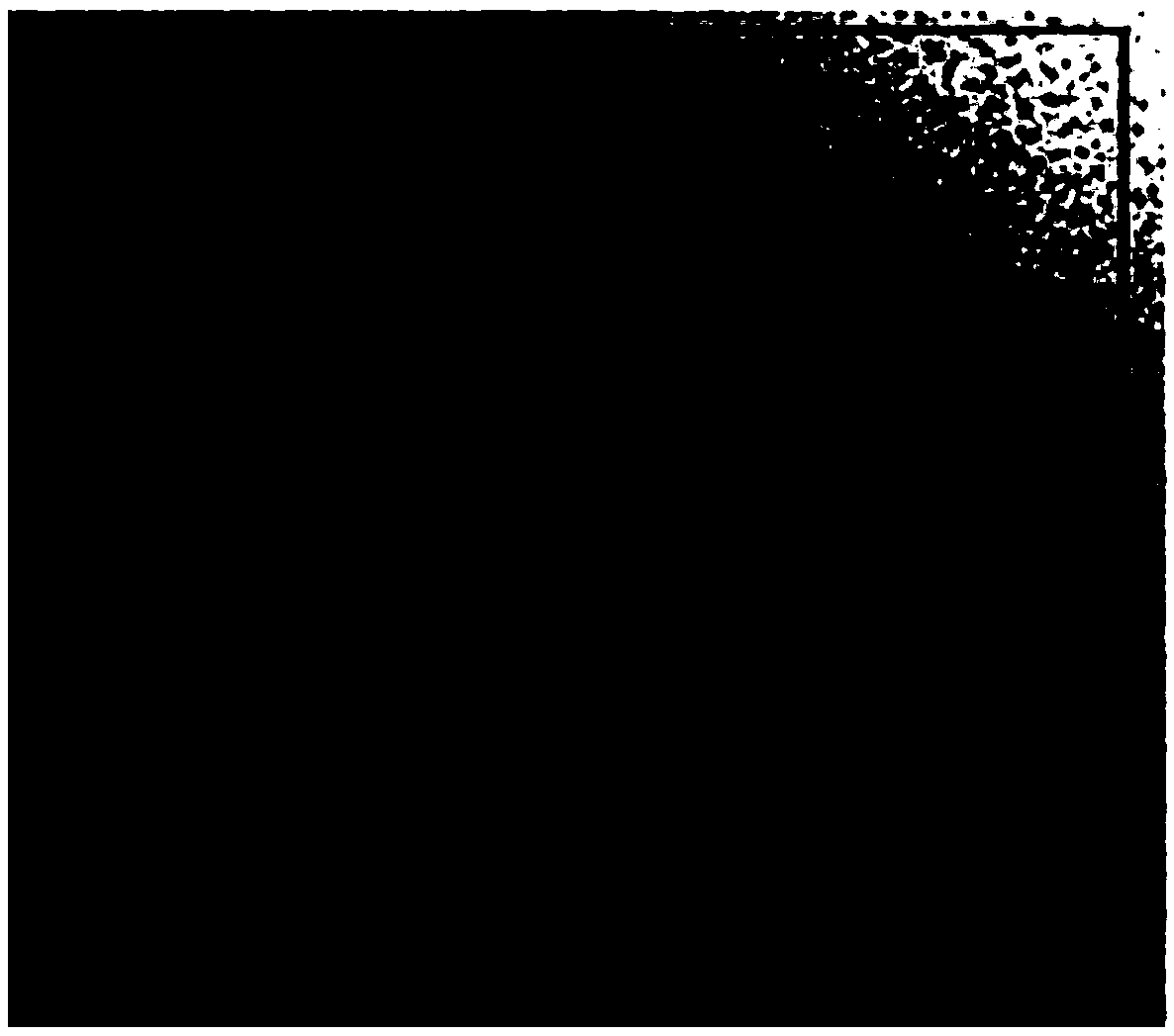Photo-electrochemical sensor based on NSCQDs/Bi2S3 and preparation and application thereof
A photoelectrochemical and sensor technology, which is applied in the direction of scientific instruments, instruments, and material analysis through electromagnetic means, can solve the problems of weak light absorption, achieve low detection limit, good photoactivity, and promote the effect of separation
- Summary
- Abstract
- Description
- Claims
- Application Information
AI Technical Summary
Problems solved by technology
Method used
Image
Examples
Embodiment 1
[0046] A NSCQDs / Bi-based 2 S 3 The preparation of photoelectrochemical sensors, such as figure 1 As shown, it mainly includes the following steps:
[0047] 1. Bi 2 S 3 Preparation of nanorods
[0048] Preparation of Bi by hydrothermal method 2 S 3 Nano stave. Mainly include: weigh 1.820g of Bi(NO 3 )·5H 2 O in 25mL of ethylene glycol, stirred for 10min to form a transparent solution A. Weigh 1.325g of Na2 S·9H 2 O was placed in 15 mL of ethylene glycol and 15 mL of deionized water, and stirred for 10 min to form a transparent solution B. Under strong stirring conditions, solution B was added dropwise to solution A, resulting in a large amount of black suspension. Then, 1.922 g of urea and 15 mL of deionized water were added to the above solution, stirred vigorously for 20 minutes, then transferred to a polytetrafluoroethylene reactor, and the reactor was placed at 180° C. for 24 hours. After the reaction was completed, the reaction kettle was naturally cooled to r...
Embodiment 2
[0084] The NSCQDs / Bi prepared by the above method 2 S 3 The photoelectrochemical sensor used for the detection of ATP mainly includes: taking 8 μL of AFP solutions with different concentrations and adding them dropwise to BSA / Ab / NSCQDs / Bi 2 S 3 / ITO electrode surface, after incubation at room temperature for 1 h, the electrode was washed with PBS (0.1M, pH=7.4) solution. The obtained immunosensing electrode was used as the working electrode, the Ag / AgCl electrode was used as the reference electrode, and the platinum wire electrode was used as the counter electrode, and the photocurrent signal was tested in a solution of PBS (0.1M, pH=7.4) containing 0.15M AA. Under the condition of no bias voltage, the excitation light is filtered by a filter (λ≥420nm), and the light intensity is 20mW cm -2 , and implement light / shield light at intervals of 10s, and conduct photocurrent test.
[0085] Different concentrations of AFP(a-h)0.001, 0.01, 0.1, 1.0, 10, 100, 300, 500ng·mL -1 The...
Embodiment 3
[0093] In order to make the prepared photoelectrochemical bioimmunosensor exhibit the best performance, the relevant parameters of the preparation process were optimized as follows.
[0094] During the construction of photoelectrochemical biosensors, Bi 2 S 3 The concentration of the sensor plays a very important role in the performance of the sensor. like Figure 12 As shown in (A), with Bi 2 S 3 Concentration from 0.5mg·mL -1 Increased to 3.0mg·mL -1 , Bi 2 S 3 / ITO electrode photocurrent increases gradually; continue to increase Bi 2 S 3 Concentration up to 7mg·mL -1 When Bi 2 S 3 / ITO electrode photocurrent began to decline gradually. This is because with Bi 2 S 3 With the increase of the concentration, the Bi formed on the electrode surface 2 S 3 The layer will become thicker, which will not only hinder the transfer of electrons, but also increase the recombination probability of photogenerated electron-hole pairs, thus reducing the output photocurrent si...
PUM
| Property | Measurement | Unit |
|---|---|---|
| concentration | aaaaa | aaaaa |
| concentration | aaaaa | aaaaa |
| particle diameter | aaaaa | aaaaa |
Abstract
Description
Claims
Application Information
 Login to View More
Login to View More - R&D
- Intellectual Property
- Life Sciences
- Materials
- Tech Scout
- Unparalleled Data Quality
- Higher Quality Content
- 60% Fewer Hallucinations
Browse by: Latest US Patents, China's latest patents, Technical Efficacy Thesaurus, Application Domain, Technology Topic, Popular Technical Reports.
© 2025 PatSnap. All rights reserved.Legal|Privacy policy|Modern Slavery Act Transparency Statement|Sitemap|About US| Contact US: help@patsnap.com



